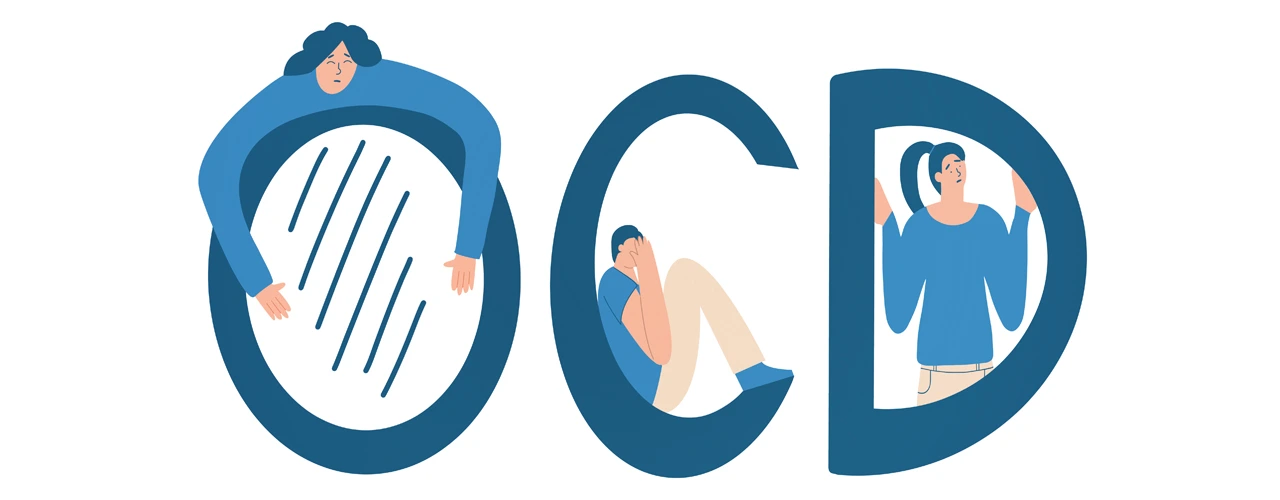Many people go years without realizing they have ADHD, often mistaking its symptoms for stress, distraction, or poor time management. Getting diagnosed with ADHD can bring both relief and uncertainty, making the start of a new chapter of understanding yourself better. Globally, ADHD affects an estimated 3.1% of people, yet awareness and diagnosis rates continue to rise. Whether diagnosed as a teen, young adult, or later in life, this moment often sparks positive change. Here’s a clear, step-by-step breakdown of what usually comes next after diagnosis.
1. Understand Your Diagnosis
Once you’ve been diagnosed with ADHD, the first step is to fully understand your diagnosis. Review your assessment report carefully with your healthcare provider to learn which type of ADHD you have. Sit with your specialist and evaluate properly if this is inattentive, hyperactive-impulsive, or combined, and how it can affect your daily life. Discuss the co-occurring conditions such as anxiety, depression, or learning challenges, if you feel you have any. Request written documentation of your diagnosis, as it can be valuable when seeking school, workplace, or professional accommodations to support your success.
2. Explore Treatment Options
After understanding how to get diagnosed for young adults, the next step is exploring effective treatment options. Here some productive approaches are given:
- Medication: Stimulants like methylphenidate and amphetamine salts or non-stimulants like atomoxetine and guanfacine often bring quick symptom relief, but they come with huge side effects. Therefore, regular monitoring is important to manage side effects and dosage. Keeping a symptom journal helps you to track effectiveness and guides your provider in tailoring the right treatment plan.
- Therapy & Coaching: Therapies like Cognitive Behavioral Therapy (CBT), ADHD coaching, and psychoeducation offer practical, goal-focused tools. CBT helps reframe negative thoughts. Coaching builds structure and accountability. Psychoeducation deepens the understanding of ADHD. When you combine therapy and coaching, you’re able to improve ADHD, focus, confidence, and daily functioning for long-term personal and professional growth.
- Lifestyle & Skills Training: Adopting healthy routines augments treatment success. Prioritize proper sleep, balanced nutrition, and consistent exercise. Learn time management, organization, and prioritization techniques to manage your stress and restlessness. Include meditation and mindfulness approaches in your routine to maximize your focus and settle your impulses.
Use these approaches besides medicines, as these will help you to bring emotional balance and mental peace. These approaches are especially valuable for individuals diagnosed with ADHD, as they aid in creating a stronger foundation for sustained progress.
3. Arrange Academic or Workplace Accommodations
Getting diagnosed with ADHD can open doors to valuable academic and workplace accommodations that support focus and performance. In post-secondary institutions, Disability Services may provide extra time for exams, special assistance for notetaking, and a quiet environment while testing.
Similarly, in the workplace, accommodations can include flexible schedules, written task instructions, and short breaks to reset focus. To access these supports, the only thing you need is official documentation from your diagnosing clinician. This approach makes sure that all your needs are recognized and properly addressed for success.
4. Build a Support Network
Building a strong support network is essential after completing your ADHD assessment. Connecting with ADHD peer groups—online or locally—through organizations like CADDAC in Canada helps you to share your experiences, makes you free from burdens, and boosts your motivation. Stay in touch with your friends and family members who accept your decision to enroll in an ADHD community, as they help you stay positive and feel valued all the time. Exploring an online ADHD assessment can also link you to valuable resources and networks that empower you to manage challenges effectively and stay encouraged.
5. Monitor and Adjust
Once you’ve been diagnosed with ADHD, consistent monitoring with your healthcare provider is essential to manage your condition and get in tune with your daily normal life. Take prescribed medicines in parallel with effective therapeutic approaches to hold the leash of your life like others. Reassess your needs during major life changes such as taking up a new job or switching schools. ADHD management is not a single-day outcome; it is an ongoing process, and with some effective techniques, you continue to learn, evolve, and grow.
6. Watch for Emotional Impact
Receiving an ADHD diagnosis can bring relief, grief, or frustration. Short-term counselling can process these emotions and build self-compassion but cannot give the outcome that you want. It’s important to remember that ADHD is a neurological difference, not a character flaw. Understanding and addressing the emotional impact is as crucial as implementing practical strategies for managing ADHD effectively in daily life.
Closing Thoughts
Getting an ADHD diagnosis is just the beginning of a journey toward better focus, organization, and emotional well-being. Understanding your diagnosis, exploring treatment options, arranging accommodations, building a support network, and monitoring progress are all essential steps. Addressing both practical strategies and emotional impacts guarantees a balanced approach. With the right guidance, resources, and ongoing self-awareness, individuals can manage ADHD effectively and thrive in school, work, and everyday life.
Frequently asked questions
What should be done immediately after an ADHD diagnosis?
After being diagnosed with ADHD, the next steps usually include discussing personalized treatment options with a healthcare provider, which may involve medication, behavioral therapy, counseling, and educational support services.
Are there treatment options available for ADHD?
Standard treatments for ADHD include medicines (such as stimulants or non-stimulant medications), behavior therapy, and counseling. Education and support services can also help both children and adults manage symptoms.
Are there specific strategies or accommodations for school or work?
People with ADHD may be eligible for extra support in educational or work environments, such as classroom accommodations, organizational tools, or time management strategies to help with attention and focus.
Is ongoing support needed?
ADHD usually requires ongoing management, which can include regular follow-ups with healthcare providers to review treatment effectiveness and make necessary adjustments.












































